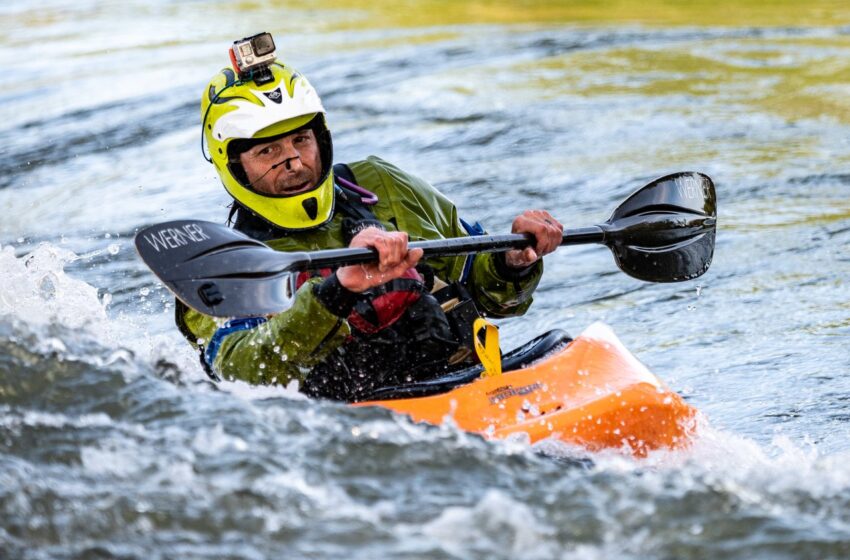STEPS
Last Updated: October 8, 2020
It is just as important to know where not to paddle as to where you can as a beginner paddler. This article provides a rundown of situations to be aware of when out paddling a kayak or canoe.
Steps
1
Learn about obstacles and issues before you paddle out. It is important to get good, reliable information about the water bodies you are paddling on before you set out, especially as a beginner. Ask park authorities, local kayak/canoe stores, hire stores, local adventure outfits etc. for information. The internet can also prove a useful resource.
2
Keep an eye on the wind and current direction. Always paddle when you are in safe currents and winds. Currents that can carry you away faster than you can paddle must be avoided, as well as winds that have the same effect. If you are not sure, find someone seasoned to show you how to read the signs of currents and winds.
3
Avoid obstacles. Paddling can quickly become a nightmare if you encounter obstacles, such as slippery rocks, deep mud, boulders, trees growing near or in the water etc. Also watch for tree roots in some locations.
Image titled Avoid Dangers when Paddling a Kayak or Canoe Step 4
4
Be extra careful of a combination of current and obstacles. Getting stuck against the upstream side of something like a tree, larger craft, rock etc. is a common cause of accidents when the current gets out of your control.
5
Keep away from weirs, dams, and other human created water control creations. Weirs and dams can have their own sources of challenges such as eddies, steep drops, unusual currents created by deliberate blockages etc. Beginner paddlers should simply steer clear. Dams can be barred from water recreation; find out in advance.
Watch out for low bridges. If you get jammed under a low level bridge in a swift running current, you can strike a serious problem if the boat tips.
